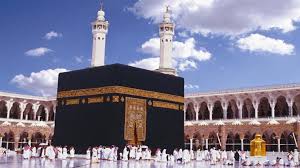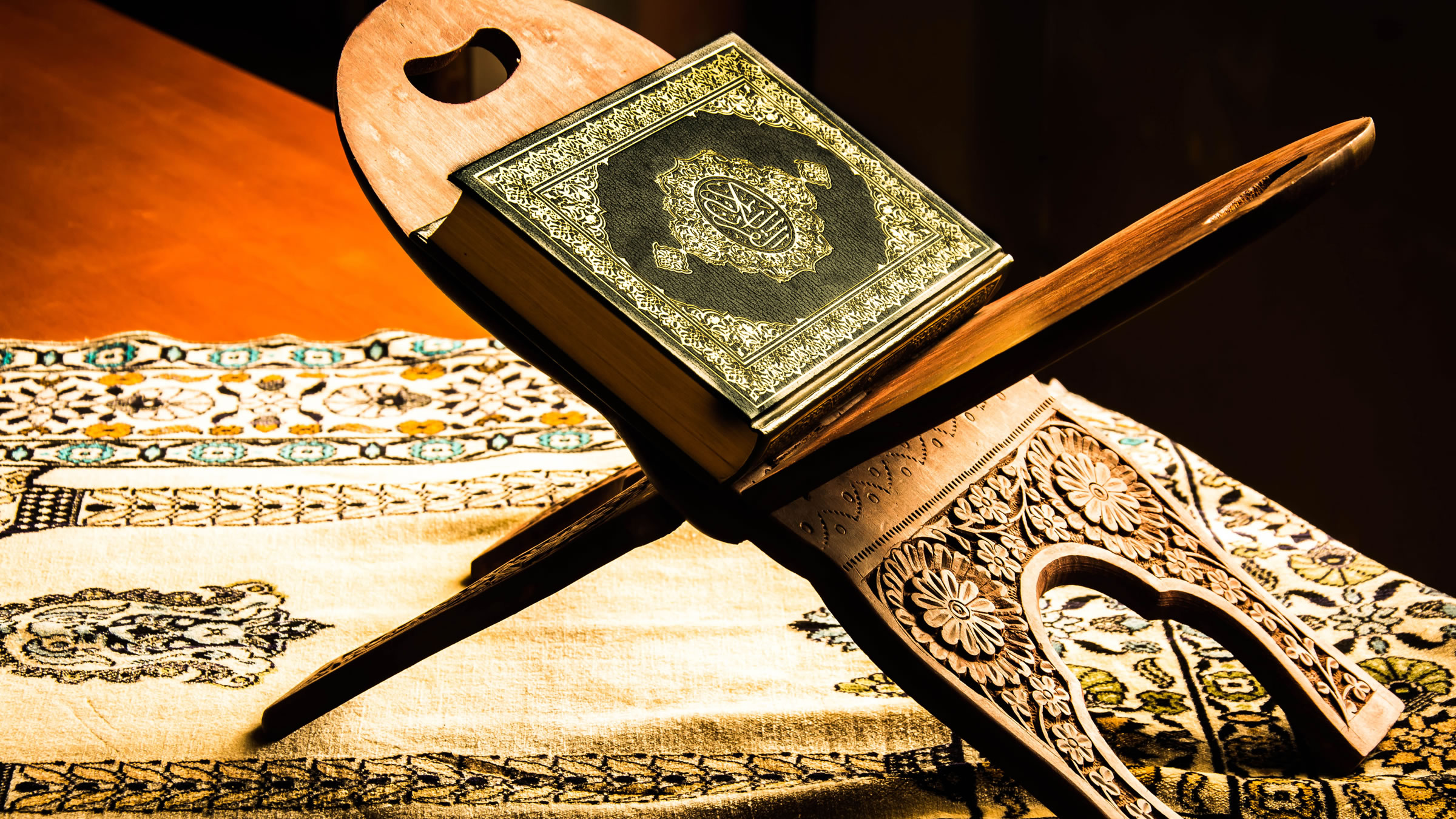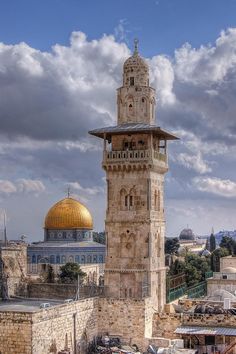Religions Around the World
| Site: | Plateforme pédagogique de l'Université Sétif2 |
| Cours: | Initiation to Civilization and Cultural Texts |
| Livre: | Religions Around the World |
| Imprimé par: | Visiteur anonyme |
| Date: | mardi 28 octobre 2025, 23:24 |
Description
In this book (Lecture), we will focus on Polytheism and Atheism.
1. An Introcuction to Religion
What is Religion?
In dictionaries, religion is defined as the belief in and worship of a superhuman controlling power, especially a personal God or gods. synonyms: faith, belief, divinity, worship, creed, teaching, doctrine, theology...
Second: a particular system of faith and worship. The plural noun is religions e.g. "the world's great religions"
Third, a pursuit or interest followed with great devotion. For example, "consumerism is a new religion“
The definition that we are going to rely on mostly is the Second, especially that we are going to learn aspects about each religion
Religion and Mythology
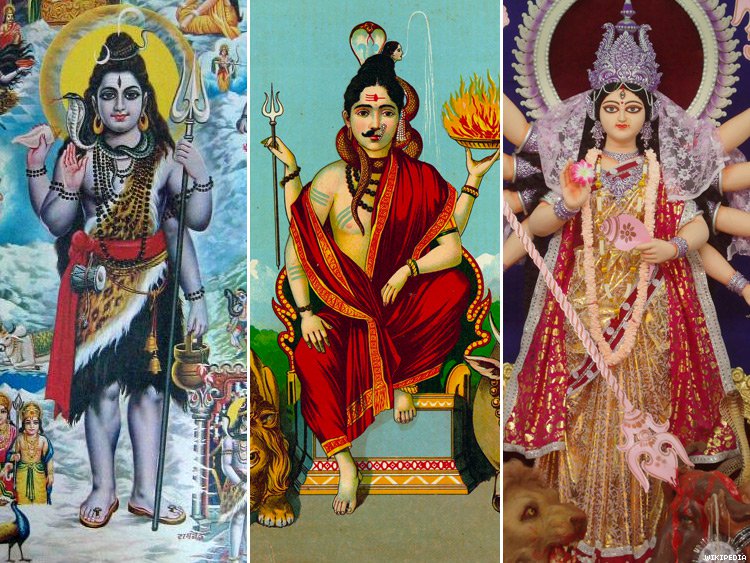
2. Common Aspects Between Religions
The third commonality across all religions is the idea that rituals of some sort are necessary and have been incorporated into the styles of worship of that particular religion. All religions have rituals, whether they are incorporated through prayer, singing, group gatherings, or other ways of focusing intent on the divine.
All religions generally have
There are different practices of religions like Prayers, rituals, Sermons, Fasting, Sacrifices, Meditation, festivals…
3. Types of Religions

4. Atheism
4.1. Humanism
Key terms: agnosticism, cosmology, atheism, sociology.
4.2. Agnosticism and Atheism
5. Transcendental Religions: Buddhism
those religions have subdivisions that are more polytheist.
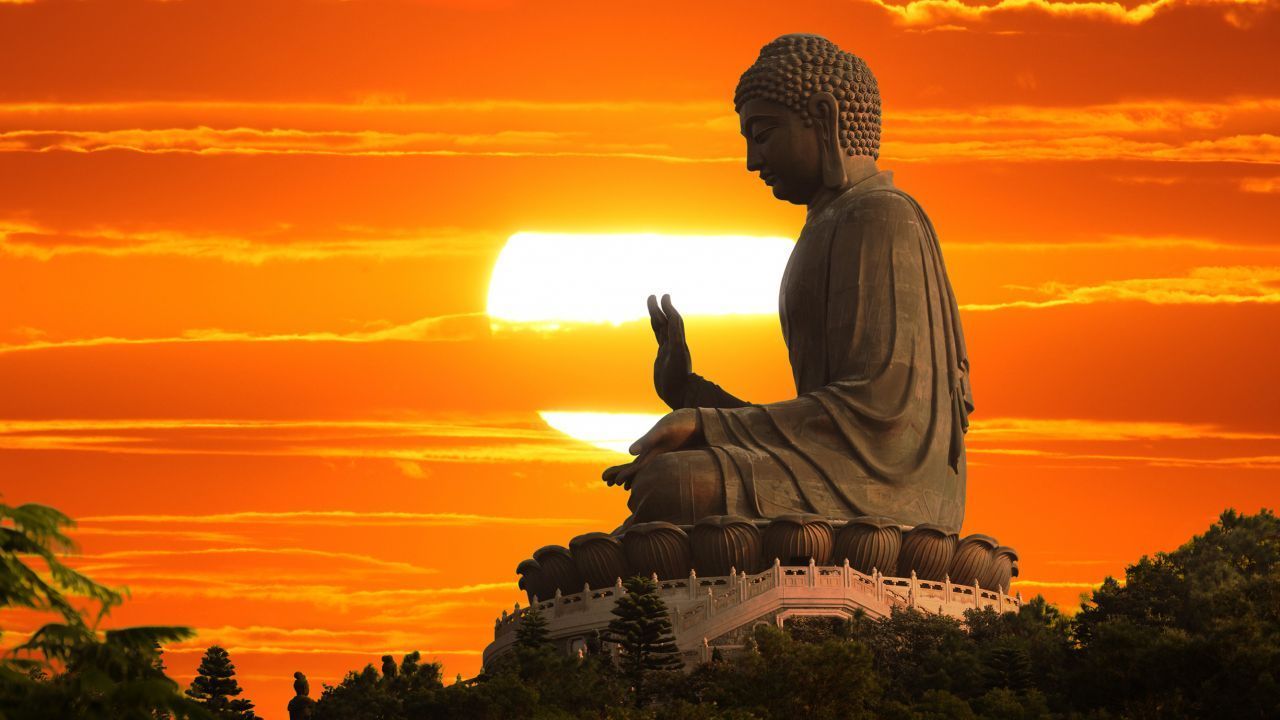
5.1. Jainism


5.2. Taoism
6. Polytheist religions
1-African Religions
6.1. Hinduism
Hinduism is the ancient religion of India and Indus Valley River. It is not a single unified religion and has no founder, single teacher, nor prophets. Hindus believe in a universal soul or god known as Brahman who is worshipped in many diverse forms. These forms include complementary attributes of male and female deities, in human as well as animal forms. Hindu sects may have their own divinities whom they worship but these are simply different ways of approaching god. Brahman is often represented in a threefold form: Brahma as the creator of the universe, Vishnu its preserver and Shiva its destroyer. Hindus believe that the soul is immortal and on the death of the body it transmigrates to a new life on earth. Whether this life is better or worse than the previous one depends on the amount of good or evil done in the previous life. This is the law of Karma. A series of good lives will break this cycle, leading to the ultimate absorption of the soul into Brahman. Bhagavad Gita is one of the many holy books of Hindus. It teaches that salvation comes through devotion and good deeds. The temple or Mandir is the spiritual and community center for Hindus. Each family will have a small shrine in their own home for daily worship. The Hindu population globally is about 15%.
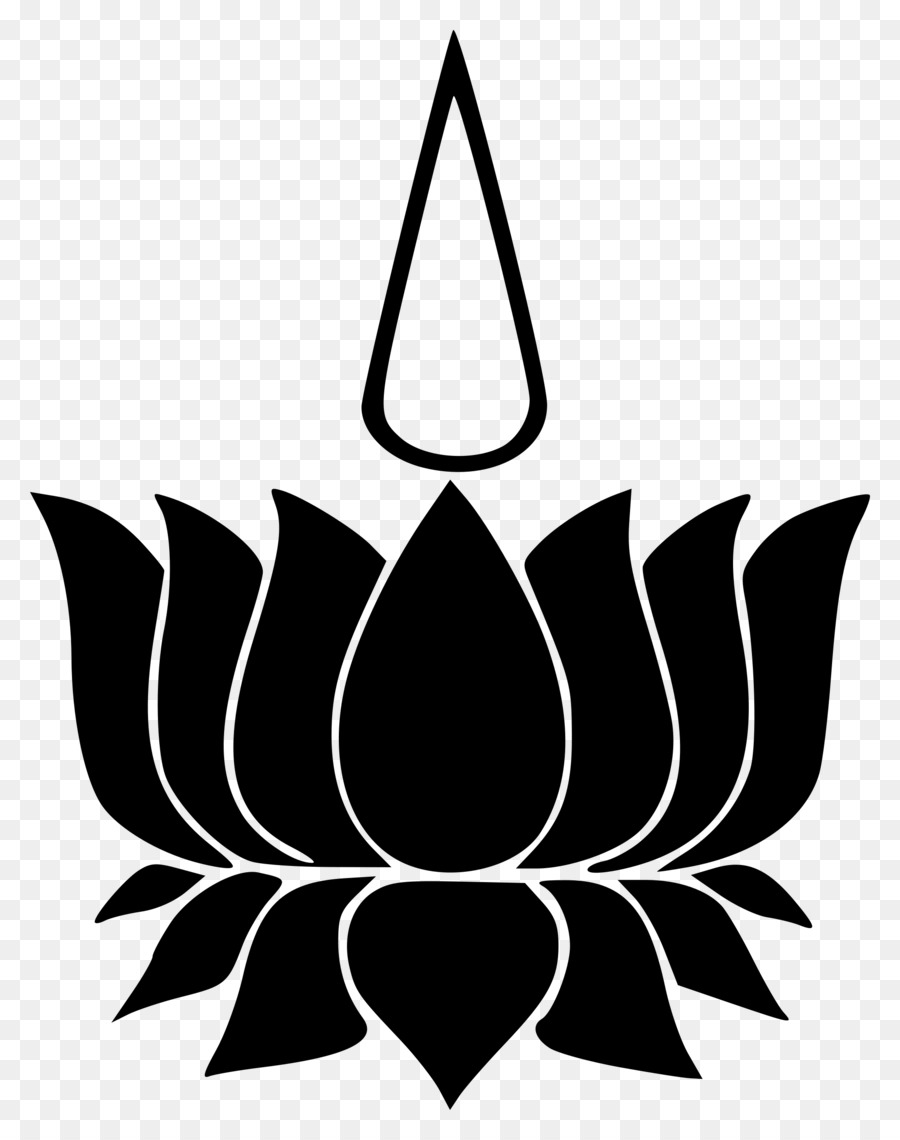


6.2. Greco-Roman Religions

6.3. Shinto

Sacred Writings: The Kojiki, The Nihongo
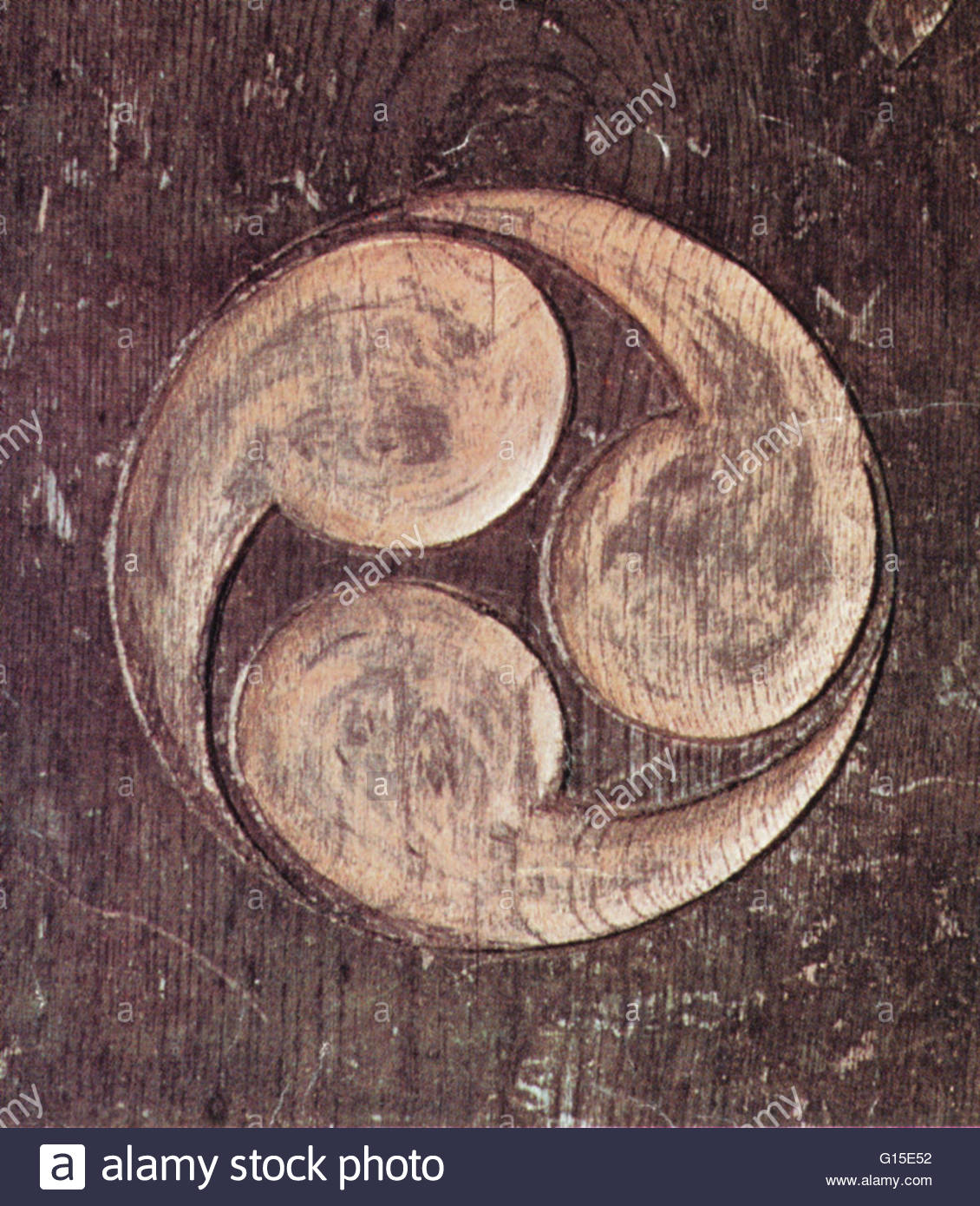
7. Monotheism
known today as the Arab World and more specifically, within an area that spans no more than 300 miles. An emphasis on family values, charity, and respect for others are shared by these three religions. Throughout history, Judaism, Christianity, and Islam have spread from their birthplace, crossing the boundaries of race and ethnicity, with followers in nearly every country in the world. Christianity is the single largest religion in the world, with roughly two billion followers globally. Islam, one of the world’s fastest growing faiths, has an estimated 1.5 billion followers across the globe. As of the 21st century, there are roughly 12 million Jews worldwide.
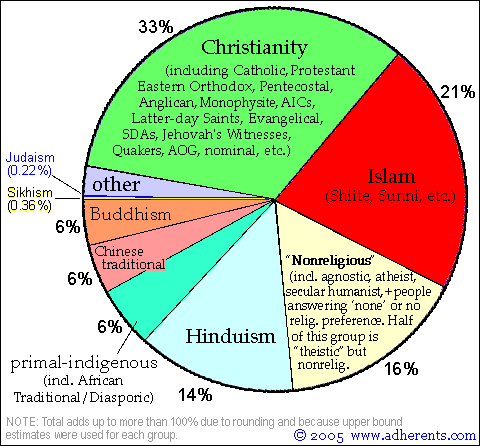
Judaism, Christianity, and Islam trace their roots back to Abraham, who is considered a prophet by all three faiths. While there are differences in the ways in which the stories of Abraham are recounted, the three are united by the belief in Abraham and therefore he is considered, by many, to be the father of monotheism
7.1. Judaism

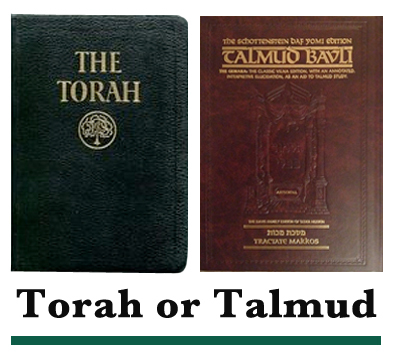
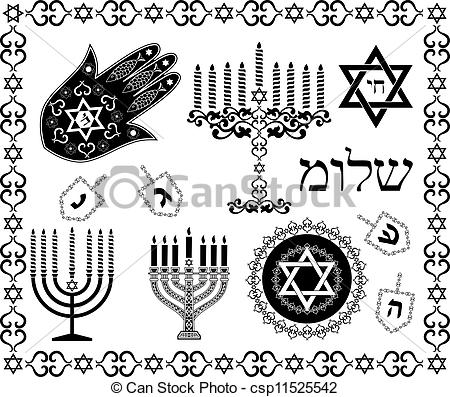


7.2. Christianity
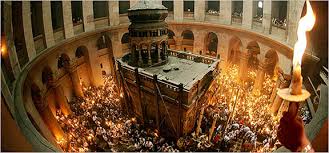
Like Judaism and Islam, Christianity is classified as an Abrahamic religion. It began as a Jewish sect in the eastern Mediterranean. The disciples were first called Christians by or about 44 AD, meaning "followers of Christ", in Antioch. Ignatius of Antioch was the first Christian to use the label in self-reference. The earliest recorded use of the term Christianity was also by Ignatius of Antioch, around 100 AD. By the 4th century, Christianity had become the dominant religion in the Roman Empire. During the Middle Ages, most of the remainder of Europe was Christianized, with Christians also being a (sometimes large) religious minority in the Middle East, North Africa, and parts of India. Following the Age of Discovery, through missionary work and colonization, Christianity spread to the Americas and the rest of the world



7.3. Islam

